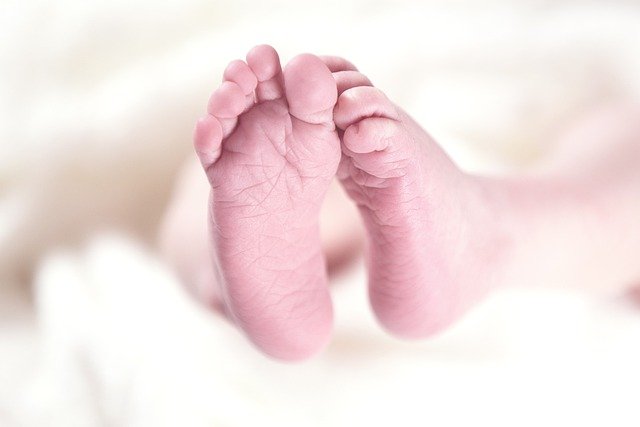Pakistani Baby Born With 2 Penises, No Anus; Know What This Condition Is Called

New Delhi: Diphallia is a rare medical phenomenon. This is what describes the condition of a baby boy born with two working penises but no anus in Pakistan. A team of researchers wrote in the International Journal of Surgery Case Reports that the chances of having diphallia, as it is known medically, is one in six million. They added that it can present as complete or incomplete diphallia, and in most cases, is associated with complex urological, gastrointestinal, or anorectal malformations.
The abstract noted that while the boy’s penises are ‘normal-shaped’, one was 1 cm bigger than the other, The Indian Express reported.
“He had true diphallia with two separate urethral orifices. Both phalluses were uncircumcised, phallus 1 was 2.5 cm in length while phallus 2 was 1.5 cm. Both phalluses had normal-shaped glans with urethral openings located at the normal place. He had a single scrotum with two midline raphe and well-formed rouge. He was passing urine from both orifices. His ultrasonography of the urological system showed two ureters and a single hemi bladder. He was admitted and operated upon and a sigmoid-divided colostomy was constructed. Per-operatively congenital pouch colon (type 4) was identified,” the study noted, adding that the doctors went on to create an opening via a colonoscopy so that the baby could pass stools.
Noting diphallia is a rare congenital anomaly, which means two structurally and anatomically separate phalluses, the study noted that as diphallia presents with a spectrum of diseases, it requires a multidisciplinary approach.
“As in our case, the patient had diphallia with anorectal malformation. Hence, he was operated upon and a sigmoid colostomy was constructed,” the study read.
According to Dr Shrey Srivastav, MD (Internal Medicine), Sharda Hospital, the cause of diphallia, also called penile duplication (PD), diphallic terata, or diphallasparatus, “is unknown”.
“Since its associated anomalies vary largely, it is impossible to give a simple, single explanation of its cause. But it is thought to have started from duplication of cloacal membrane in early embryonic development stages in the foetus, between the third and sixth week of gestation,” Dr Srivastav told indianexpress.com
“A double penis is frequently accompanied by a number of anomalies, including a double urinary tract, urethra, bladder, and digestive system. Since it’s also associated with a double and dilated colon, it needs to be evaluated and excised, Dr Shrinivas R P, consultant – Urology, Manipal Hospital, Whitefield, Bangalore told indianexpress.com adding that a thorough evaluation is needed to rule out associated abnormalities
Dr Shrinivas also urged that while the double penis “might appear horrifying or frightful to the parents and the general public”, as long as the child can urinate, it’s not an emergency.
Once the child has gained some weight and is more stable after a few months, Dr Shrinivas said that doctors can perform a thorough evaluation to determine which urethra needs to be removed.
“We can also decide which bladder has to be excised because two bladders are mostly not compatible in the long run. Hence, one of the bladders and one of the urethra needs to be removed so that both kidneys join into the common bladder. That will restore the urinary tract to its regular state. In addition, the shorter, less developed penis must be taken out,” Dr Shrinivas was quoted as saying.
In this case, as the baby’s post-operative recovery was uneventful, the study noted that the patient was discharged on the second post-operative day and called for follow-up.

Comments are closed.